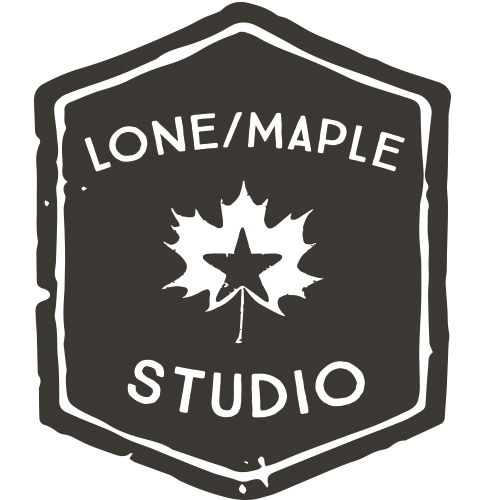This week I learned two lessons in one scarf, the first is don't leave your warp under tension and then cart the loom all over tarnation and let your cat pull at it, you will kill the warp. The other think I learned, precious yarn is best when it's been used.
The scarf and the little ball of yarn add up to two big lessons that I seem to need to learn over and over and over again.
So both of these lessons are encapsulated in a single scarf.
The first lesson, about the warp, is one that I knew but managed to be willfully ignorant of the consequences. By the time I decided to deal with it this week, my choices were to trash it, which seemed wasteful, or to weave it and see for myself the impact.
One end of my scarf is weft facing fabric and the other end is warp facing. This kids is why you don't leave your warp under tension!
What happened is that despite having the exact same beat, one end of this scarf (the end that was under tension) is practically a warp-facing fabric, and the other end of the scarf (which was nicely wound around the back beam) is a weft-facing fabric. Because of the smooth transition between the two, it almost looks like a design feature, but it will work as a great teaching tool.
Now, the second lesson is about using that special skein of yarn. We all have them, tucked up in our stashes, that skein that captured our imagination and were a bit of a splurge. Mine was a skein of The Sanguine Gryphon Codex in Rachel Wall, now sadly discontinued. A worsted weight single of 52% silk and 48% BFL, the yarn had the slink and shine like nothing else. But it was also virtually useless for my knitting, too floppy for a hat, and with only a single skein it was too little for a shawl or garment.
I bought this skein in the spring of 2011, when I first discovered hand dyed yarns, not knowing anything about The Sanguine Gryphon (or much about yarn at that stage). I have caked and reskeined it many, many times, because I could never find the perfect pattern for it.
However, when I looked at the poor, abandoned, overstretched warped, I thought, I bet that skein of Codex would be a nice complement to the laceweight warp. And really if it's awful, its not like I've lost anything because it will still be a warm scarf and I had all but given up on finding a pattern for the Codex as is.
And, then something amazing happened.
It turned out beautifully, albeit a bit off on the beat, but I'm declaring that a feature, not a bug, to borrow a term from one of my students from last weekend who is a software designer.
So the two lessons of this scarf are, always take the tension off your loom if you getting up from it for more than a couple of minutes, and don't let those precious skeins sit on the shelf, waiting for their prince to come. Because sometimes you just have to make them into something unexpectedly awesome.




















